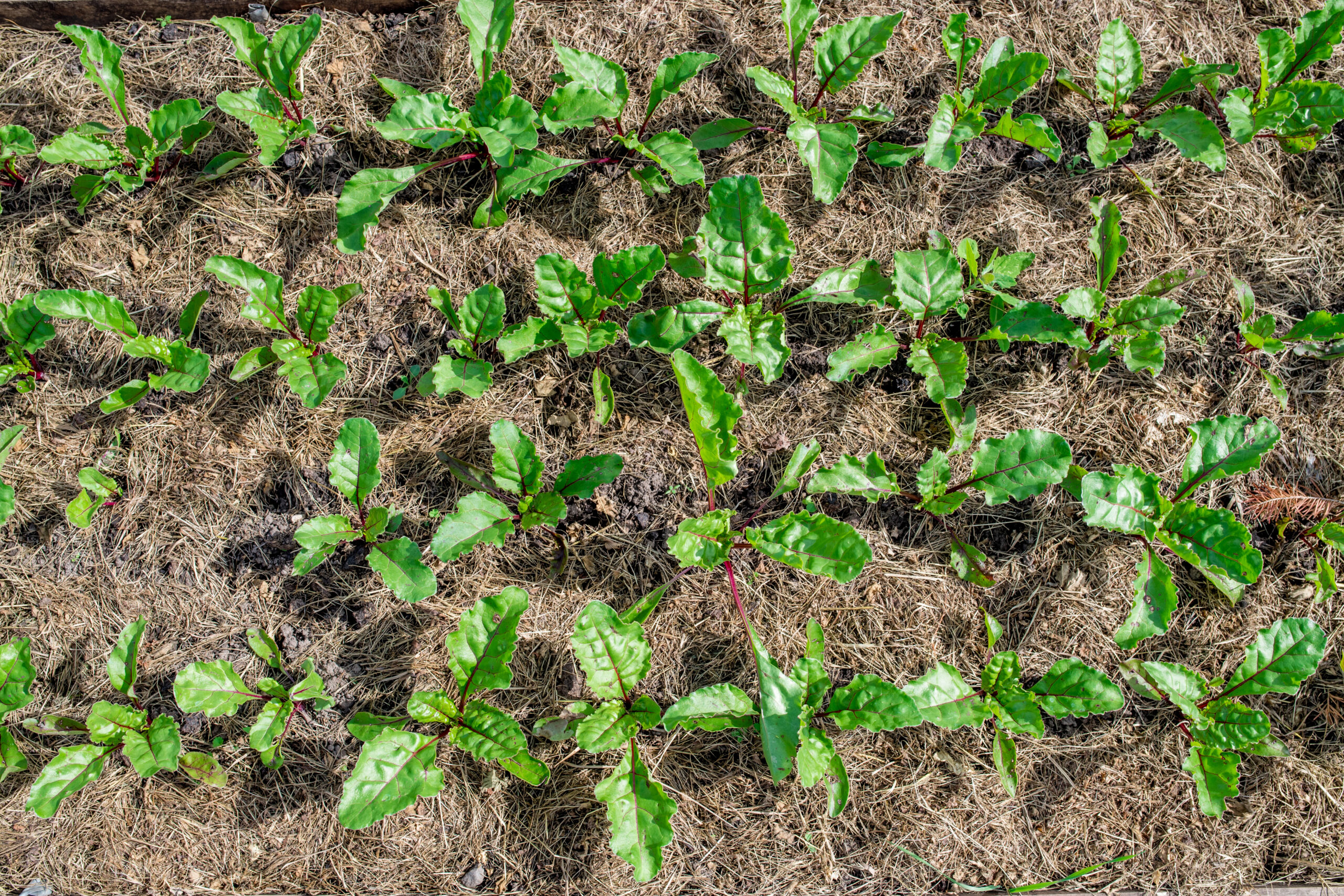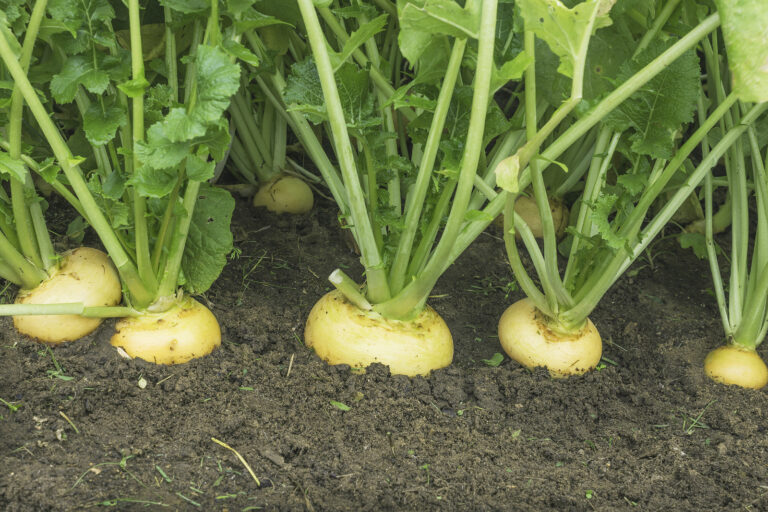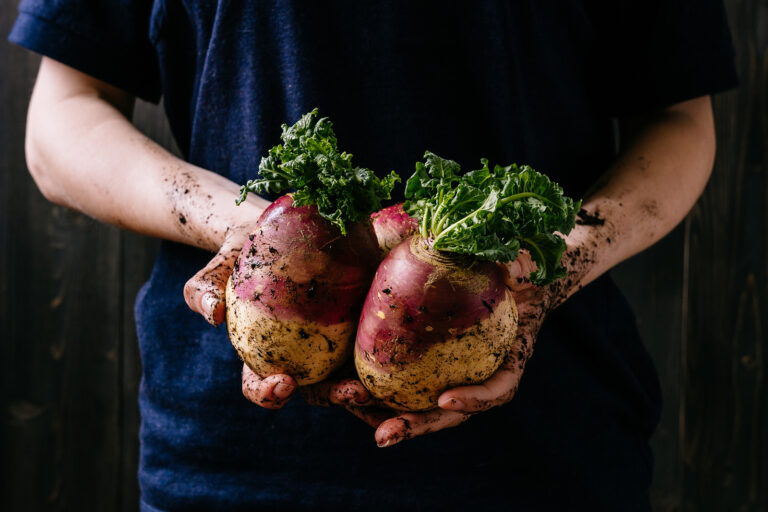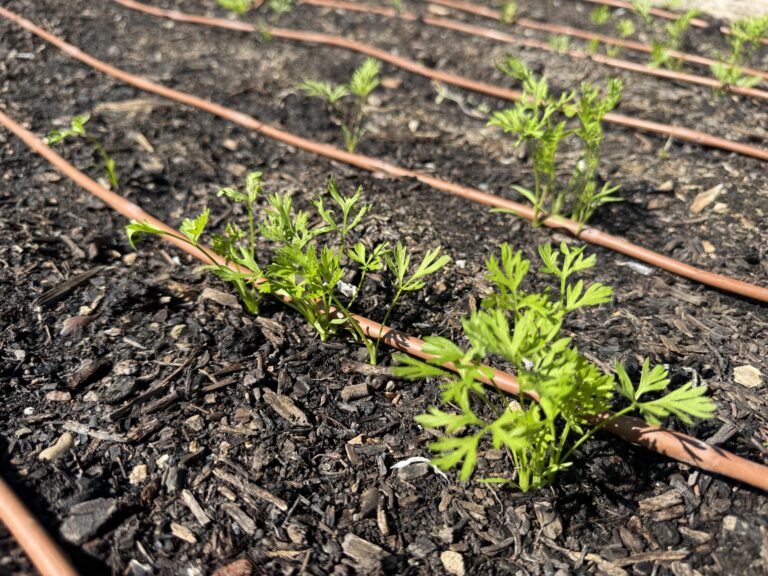Succession Planting Beets for a Continuous Harvest
Fresh, sweet beets aren’t just for one season. With the right timing and planting strategy, you can enjoy tender roots and flavorful greens almost year-round. In my 30+ years of growing vegetables in California’s Central Valley and Sonoma Valley, I’ve found succession planting to be the key to an uninterrupted supply of beets—whether for roasting, juicing, pickling, or enjoying straight from the garden.
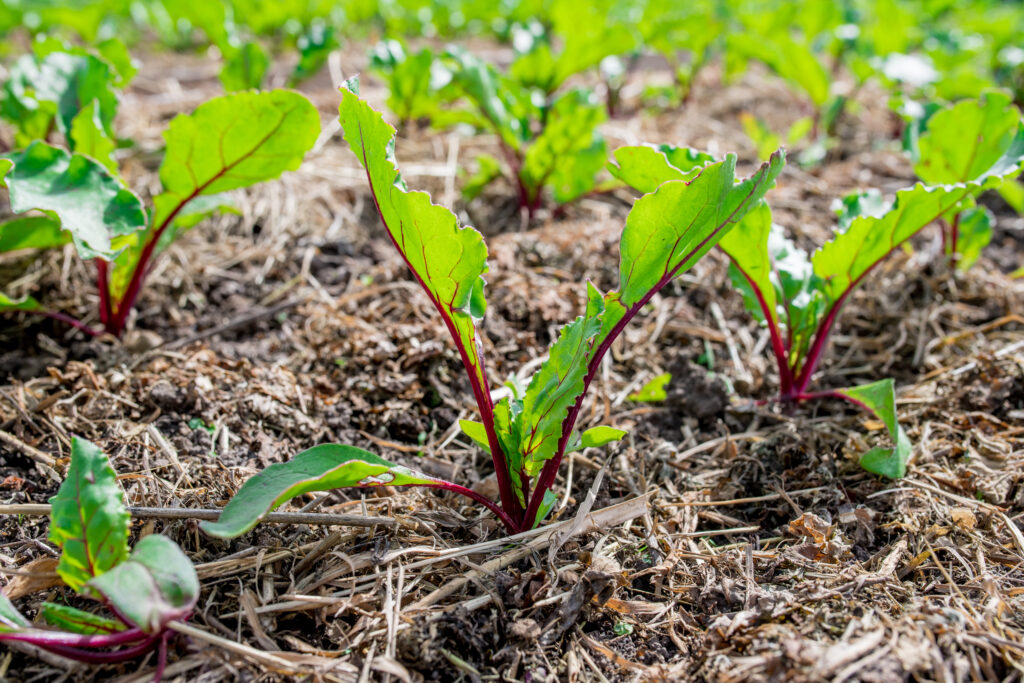
What Is Succession Planting?
Succession planting means sowing seeds at intervals rather than all at once. For beets, this strategy prevents a single large harvest (and potential glut) and instead keeps new plants maturing while older ones are being pulled.
Why Beets Are Perfect for Succession Planting
- Fast maturity — Many beet varieties are ready in 50–60 days.
- Cold tolerance — Beets can handle light frosts, so the growing window is wide.
- Dual harvest — You get both roots and greens from each planting.
Step-by-Step: How to Succession Plant Beets
1. Know Your Growing Window
Check your USDA Zone and frost dates. Beets thrive when daytime temperatures are 60–70°F. Plan plantings to fit into this temperature range.
2. Start Early in Cool Weather
In cool and cold climates (Zones 2–7), sow the first batch 2–4 weeks before the last frost date. In mild-winter climates (Zones 8–10), start in late winter.
3. Stagger Plantings Every 2–3 Weeks
Sow a new row or block of beet seeds every two to three weeks until about two months before the arrival of high summer heat or your first expected fall frost.
4. Use Varietal Diversity
Mix early-maturing beets like ‘Early Wonder’ with mid- and late-season types like ‘Cylindra’ or ‘Detroit Dark Red.’ This ensures staggered harvest times even within the same planting date.
5. Replant After Harvest
As soon as one section is harvested, loosen the soil, add compost, and plant a new batch in its place.
Example Succession Planting Schedule
| Climate Zone | First Planting | Last Planting | Interval |
|---|---|---|---|
| Zones 2–4 | Late April | Early August | Every 2–3 weeks |
| Zones 5–7 | Early April | Early September | Every 2–3 weeks |
| Zones 8–9 | Late February | November | Every 2–3 weeks (avoid hottest months) |
| Zone 10 | January | December | Every 2–3 weeks (pause in peak summer heat) |
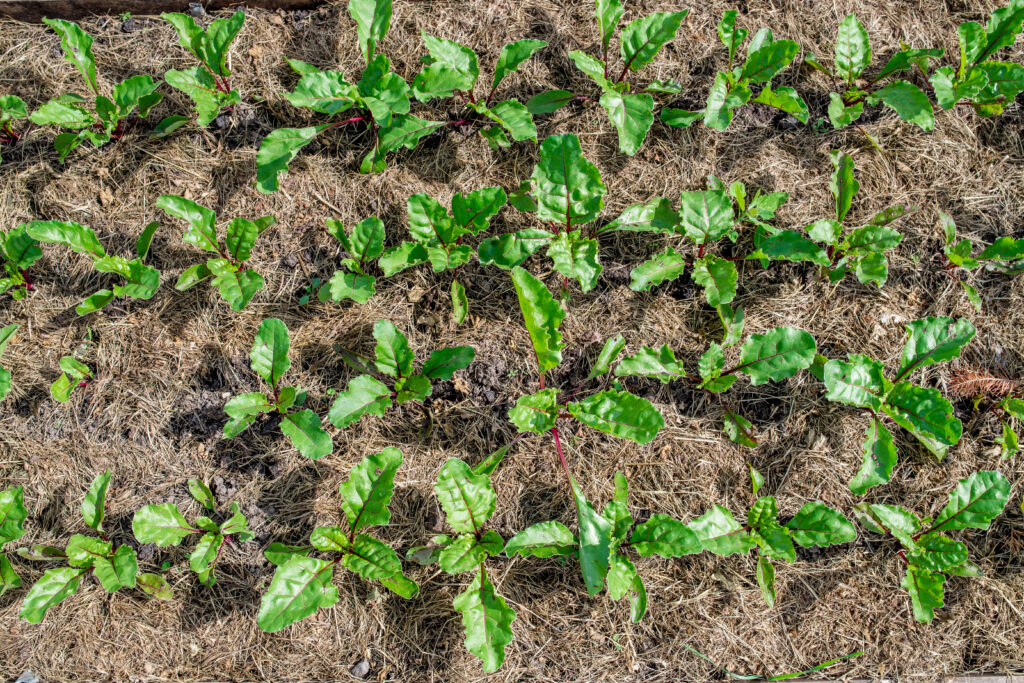
Best Beet Varieties for Succession Planting
Succession planting only works well if you choose beet varieties that mature at different times and handle changing weather conditions. After more than three decades of growing vegetables in both the hot summers of California’s Central Valley and the mild, long seasons of Sonoma Valley, I’ve learned which beets perform best for staggered sowings and steady harvests.
The key is to select a mix of early-, mid-, and late-maturing varieties—plus a few heat- and cold-tolerant ones—to keep your harvest window wide.
Why Variety Choice Matters for Succession Planting
- Different maturity dates spread harvests naturally.
- Weather adaptability lets you plant earlier in spring and later in fall.
- Flavor profiles vary, adding diversity to your kitchen.
- Color variety makes for more visually appealing dishes.
Early-Maturing Varieties (45–50 Days)
These are perfect for the first sowings of spring and for quick mid-season crops:
- ‘Early Wonder Tall Top’ — Reliable in cool soil, ready in just over six weeks; tender greens are a bonus.
- ‘Detroit Dark Red’ Early’ — Classic globe-shaped roots with rich color; performs well in spring and fall plantings.
- ‘Boro’ — Uniform shape and smooth skin; excellent for early harvests and storage.
Mid-Season Varieties (55–60 Days)
Ideal for succession plantings through spring and early fall:
- ‘Cylindra’ — Long, cylindrical roots make slicing easy; resists becoming woody in moderate summer temperatures.
- ‘Chioggia’ — Italian heirloom with striking red-and-white rings; mild flavor, good for sowing after early crops.
- ‘Boltardy’ — Bred for bolt resistance, making it a great choice for late spring sowings.
Late-Maturing or Storage Varieties (60–70 Days)
These are best for late summer and fall plantings when you want roots for winter storage:
- ‘Lutz Green Leaf’ (Winter Keeper) — Large roots and excellent storage ability; sweetens in cooler weather.
- ‘Red Ace’ — Uniform, smooth, and dependable; maintains quality even in slightly warmer conditions.
- ‘Touchstone Gold’ — Golden roots with sweet flavor; holds well in the ground without becoming woody.
How to Use These Varieties in a Succession Plan
Here’s how I layer them for an uninterrupted harvest:
- Early Spring: Plant ‘Early Wonder’ and ‘Boro’ for a fast first crop.
- Mid-Spring to Early Summer: Switch to ‘Chioggia’ and ‘Cylindra’ for steady production.
- Late Summer to Early Fall: Finish with ‘Lutz Green Leaf’ and ‘Touchstone Gold’ for late harvests and winter storage.
My Experience and Recommendations
I’ve found that combining at least one early, one mid-season, and one late/storage beet variety in succession plantings can stretch fresh beet harvests for 8–10 months in a year-round garden. In hot regions, pausing sowings during peak summer heat and resuming in late summer preserves root quality.
When you match beet maturity dates to the season, you get not only continuous harvests but also the best flavor, texture, and kitchen versatility.
My Experience and Tips
In my raised beds, I plant beets in short, 3–4-foot rows at two-week intervals. I rotate them with quick greens like spinach or arugula to keep beds productive and the soil active. In hot months, I use shade cloth to extend the beet season by a few extra weeks.
By combining consistent sowing with climate awareness, you’ll never be without crisp, sweet beets—and you’ll avoid the disappointment of woody, over-mature roots.
Beets Growing Hub
Start here: Ultimate Guide to Growing Beets from Seed to Harvest
1. Getting Started (Timing, Planting, Varieties)
- When to Plant Beets: Timing by Season and Region
- Beets Seed Starting Tips
- Thinning and Spacing Beets for Better Roots
- Beet Varieties for Small Spaces and Containers
- Best Beet Varieties for Sweet Flavor and Tender Texture
2. Growing & Care
- Best Companion Plants for Beets (And What to Avoid)
- How to Fertilize Beets for Root and Leaf Growth
- How Much Water Do Beets Need? A Watering Guide
- How to Grow Beets in Raised Beds and Containers
- Growing Beets in Hot Weather: Challenges and Solutions
- Succession Planting Beets for a Continuous Harvest
3. Problems & Troubleshooting
- Why Are My Beets Not Forming Roots? Common Growing Problems Solved
- Beets and Swiss Chard Growing Problems: Troubleshooting
4. Harvest, Storage & Kitchen Use
- How and When to Harvest Beets for Best Flavor
- How to Harvest and Store Beets
- Seven Ways to Cook and Serve Beets

